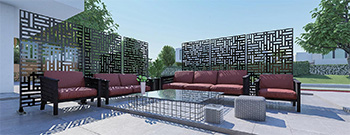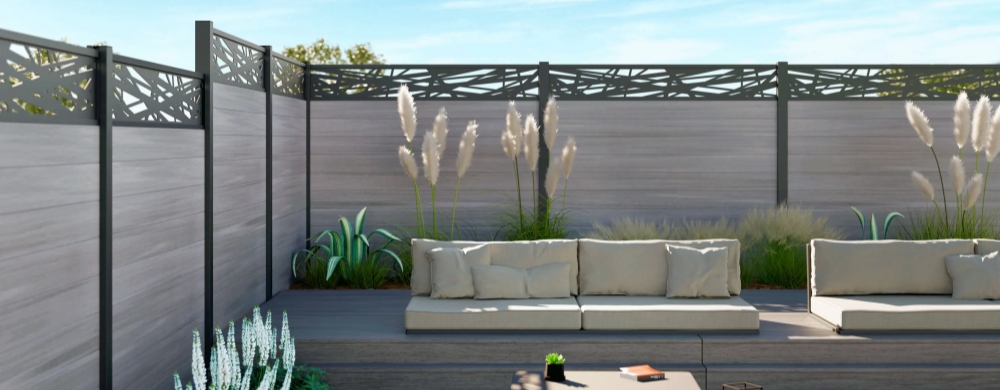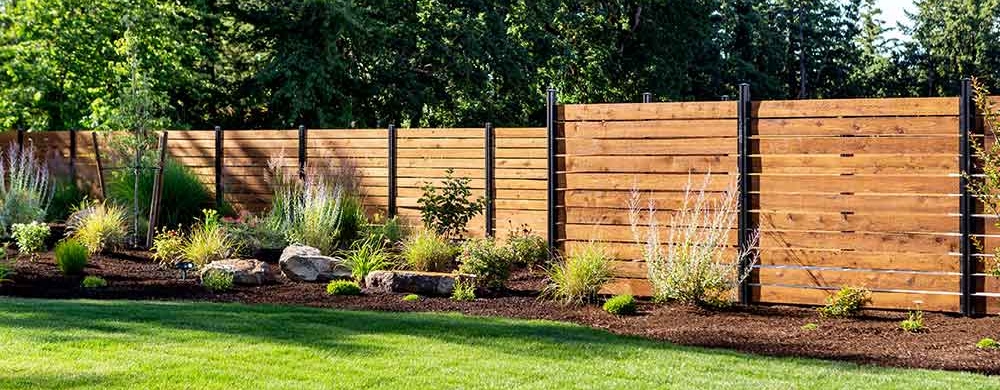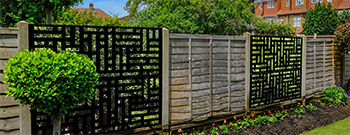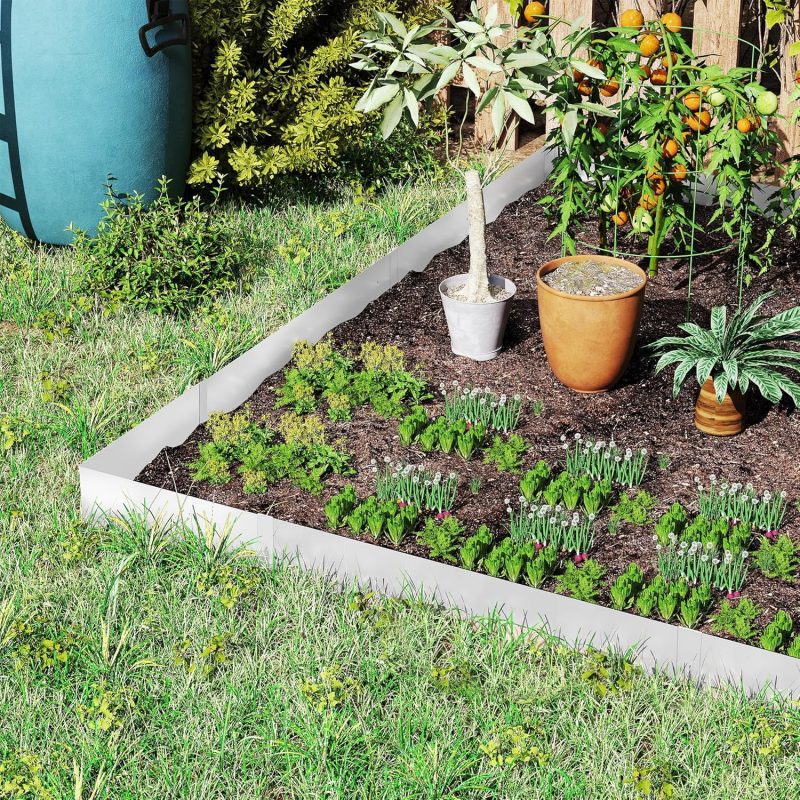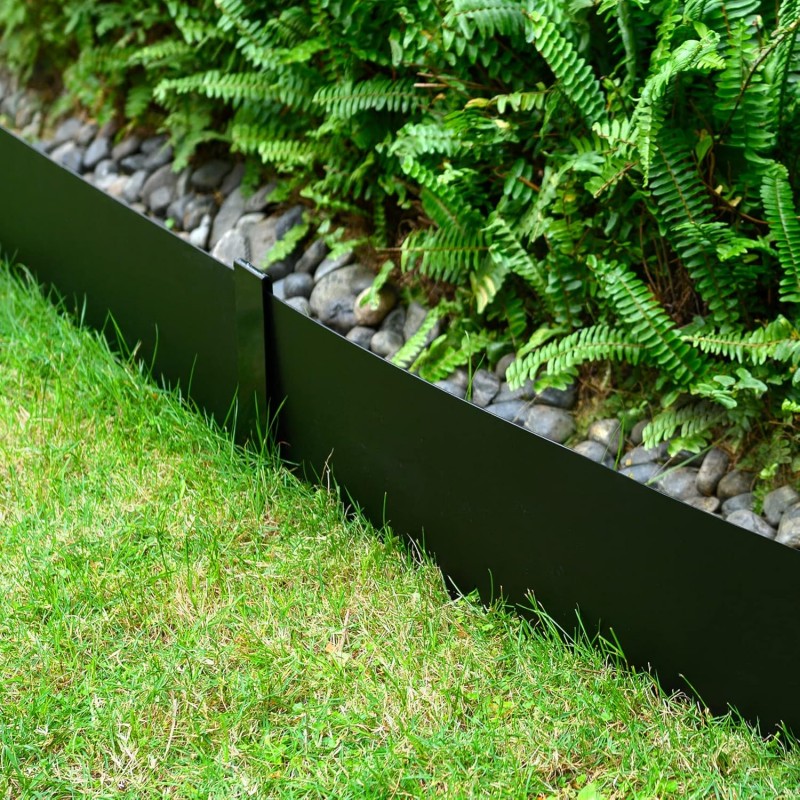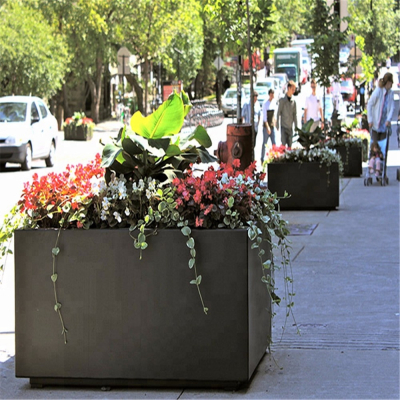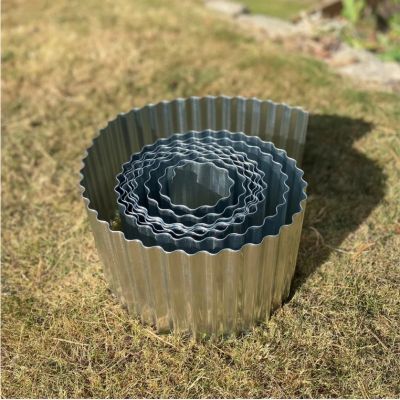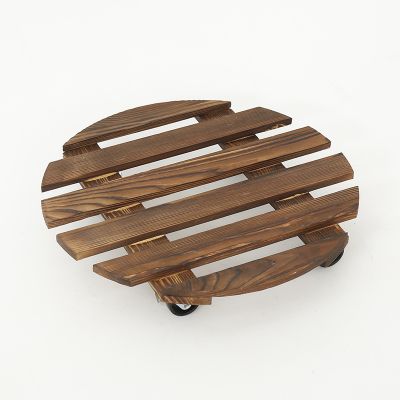What is the best material to metal lawn edging for lawn?
Anyone who's ever tended a lawn knows that a clean, neat yard is crucial for a "demarcation"—if grass creeps into a flower bed, or soil from a flower bed washes onto the lawn due to rain, the entire yard instantly looks messy. I've tried plastic and wood edging before switching to metal lawn edging. After almost five years of use, I've gotten a feel for its performance. Today, based on my own experience, I'll discuss whether metal lawn edging is worth the price of admission and the pitfalls to avoid.
First, let me talk about its most surprising aspect—its durability. My previous plastic edging softened in the summer sun and became brittle in the winter freeze. It started cracking the following year, requiring a complete replacement within three years at most. Wood edging was even more problematic, rotting within two years and attracting insects. It easily broke when I was turning the soil. Since switching to metal lawn edging, it's barely warped in the rain or sun over the past few years. My own galvanized steel metal lawn edging is now rust-free, save for a little oxidation. I expect it will last another ten years. Later, I asked a gardening friend, and he said that good quality metal edging, such as aluminum, can last 15 years, and thicker steel can often last more than 20 years. Although it is more expensive when you buy it, it is much more cost-effective than replacing plastic or wood every year.
Another major advantage is that it effectively blocks weeds and grass roots. Before, grass would always creep into my lawn, and I had to be careful not to damage the roots when pulling it out, which meant I'd spend half a day every week removing it. After installing the metal lawn edging, I deliberately chose a deep-buried metal, about 7 inches underground, with only 3 inches above ground. Now, I rarely see any lawn grass creeping into my flower beds, and even the annoying foxtail grass has been reduced significantly. I later discovered that metal is thick and strong enough to block the underground rhizomes of grass, unlike plastic, which can deform over time and force its way through the cracks. However, be careful to choose metal that's thick enough; thinner metal can bend against strong grass roots.

